In a world where the battle against germs and bacteria has never been more crucial, the rise of antimicrobial fabrics is revolutionizing our approach to hygiene. Imagine clothing that not only looks stylish but also actively fights off harmful pathogens, keeping you safe and protected throughout the dayIn this article, we delve into the fascinating world of these innovative textiles to uncover their secrets and explore whether they truly have the power to eliminate germs on contact. Join us on a journey through the realm of the best antimicrobial fabrics as we unravel the science behind their germ-killing properties and discover how they can enhance both fashion and health in our everyday lives.
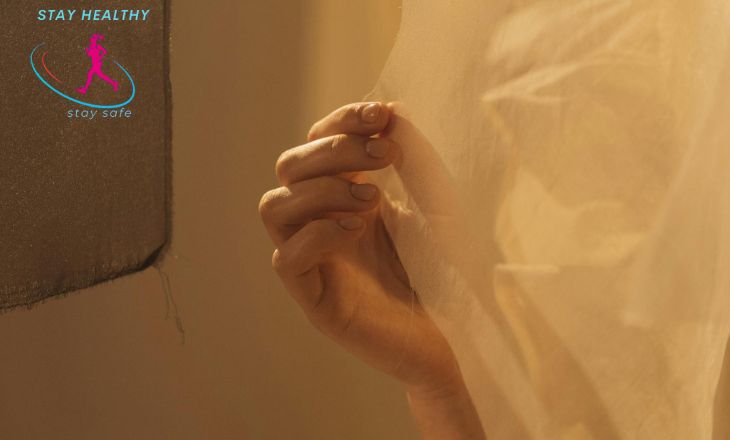
Can antimicrobial fabrics protect you from germs?
Antimicrobial fabrics can be a game-changer in protecting you from germs. These fabrics are specially treated to inhibit the growth of bacteria and other microorganisms, reducing the risk of infections. One of the best antimicrobial fabrics to look for is silver-infused textiles, which have been shown to have strong antibacterial properties.
For added protection, consider using products like Febreze Fabric Antimicrobial Spray on your clothing and linens. This spray not only eliminates odors but also helps kill bacteria and viruses that may be present on your fabric surfaces. By incorporating antimicrobial fabrics and products into your daily routine, you can create an extra barrier against harmful germs and stay healthier overall.
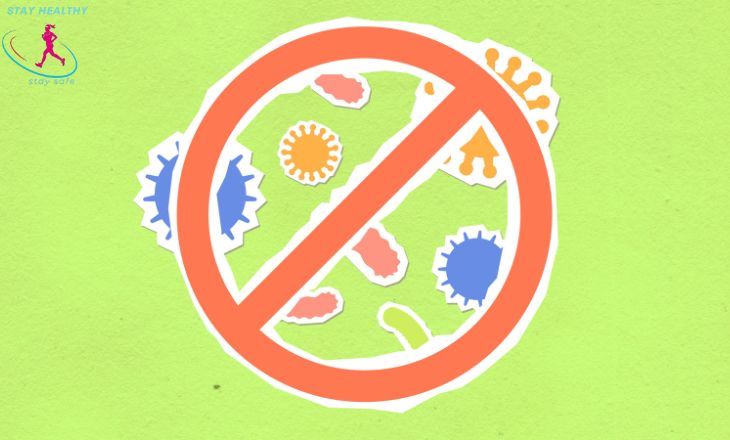
How antimicrobials are created
Microbes, often referred to as microorganisms, are tiny living things that cannot be seen with the naked eye. They exist all around us, in the air we breathe, the water we drink, and even on our skin. Microbes include bacteria, viruses, fungi, and protozoa. Despite their small size, microbes play a crucial role in various biological processes and ecosystem functions.
Antimicrobials are substances that kill or inhibit the growth of microbes. These can be naturally occurring compounds or synthesized in laboratories. One common application of antimicrobials is in creating antimicrobial fabrics. By incorporating these substances into textiles or treating them with antimicrobial fabric sprays, items such as clothing and bedding can help prevent the growth of harmful microbes that cause odors or infections.
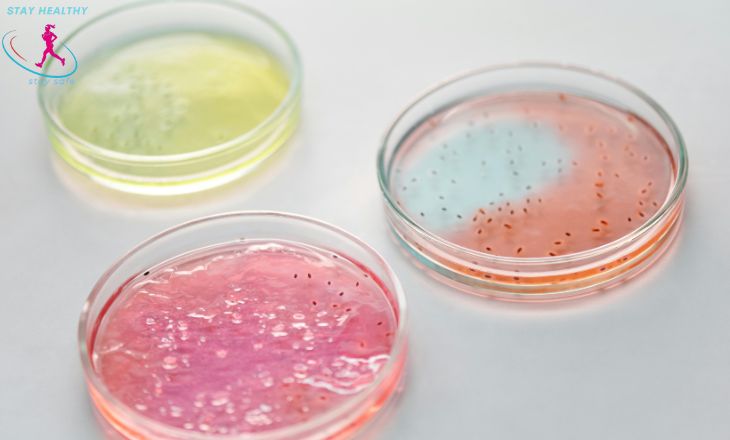
What to know about antimicrobials in fabric
Antimicrobial fabrics are revolutionizing the way we think about hygiene and cleanliness in our everyday lives. By incorporating antimicrobial properties directly into the fabric fibers, these textiles actively combat bacteria, mold, and odors to keep you feeling fresh all day long. This innovative technology not only ensures that your clothes stay cleaner for longer but also provides an added layer of protection against harmful germs.
For those looking to refresh their existing wardrobe or furniture, antimicrobial fabric sprays like Febreze Antimicrobial Fabric & Air Freshener offer a convenient solution. Simply spraying onto your fabrics can eliminate odors at the source while providing long-lasting antimicrobial protection. This quick and easy application method is a game-changer for those wanting to maintain a clean and odor-free environment without the hassle of washing everything frequently.
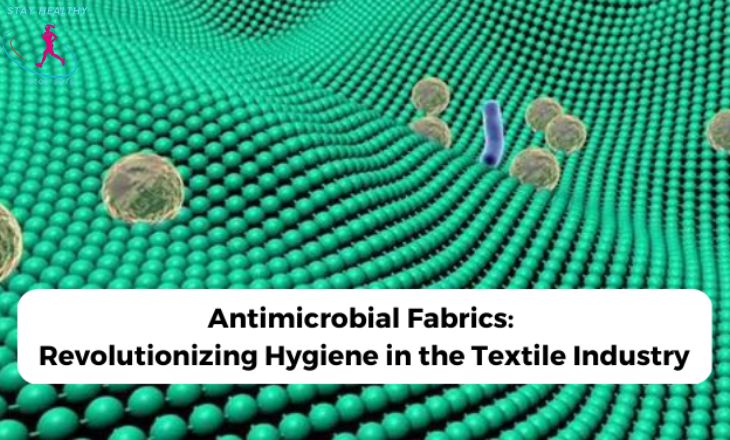
The difference between antimicrobial and antibacterial
An important distinction to understand is the difference between antimicrobial and antibacterial properties. While antibacterial agents specifically target bacteria, antimicrobial agents have a broader spectrum of activity that includes bacteria, fungi, viruses, and other microorganisms. This means that products with antimicrobial properties offer protection against a wider range of pathogens compared to antibacterial products.
For instance, fabrics treated with an antimicrobial shield can not only prevent the growth of bacteria but also inhibit the growth of mold and mildew. An example of this is inter dry moisture-wicking fabric infused with antimicrobial silver ions, which provides long-lasting freshness by combating various types of microbes. By opting for antimicrobial solutions over antibacterial ones, consumers can ensure comprehensive protection against harmful microorganisms on their surfaces and textiles.

What to look for in an antimicrobial fabric
When searching for antimicrobial fabric, it is crucial to prioritize durability and effectiveness. Look for fabrics treated with antimicrobial shields specifically designed to inhibit the growth of bacteria and other microbes on surfaces. Also consider materials like interdry moisture-wicking fabric infused with antimicrobial silver, which not only helps combat odor-causing bacteria but also offers excellent moisture management properties.
It’s essential to pay attention to the safety aspects of antimicrobial fabrics to opt for products that are skin-friendly and free from harmful chemicals. Keep an eye out for certifications or labels indicating that the fabric meets certain health and environmental standards. Finally, consider how easy it is to maintain the antimicrobial properties of the fabric whether it requires special cleaning methods or if it retains its effectiveness even after repeated washings.
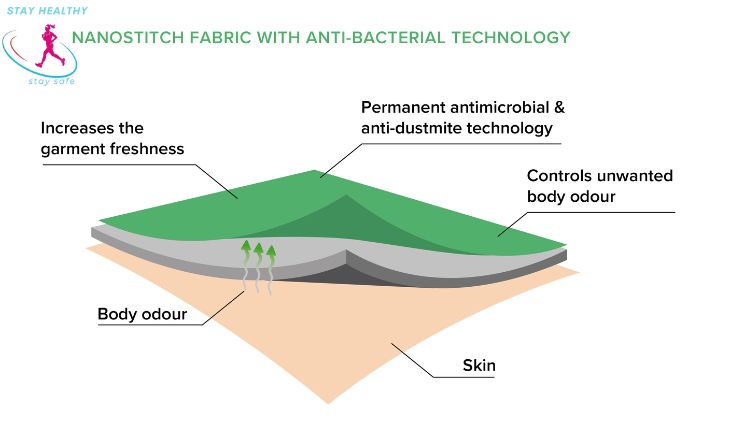
The future of antimicrobial fabrics
Antimicrobial fabrics have been making waves in the textiles industry for their ability to resist bacteria and odors, offering a promising solution to keeping clothing, upholstery and other materials fresh for longer periods. With the rise of antimicrobial technologies like Febreze Antimicrobial Fabric Spray and Febreze Antimicrobial Fabric & Air Freshener, we can expect a future where our garments actively combat odor-causing microbes.
As consumers become more conscious about sustainability and health, antimicrobial fabrics offer a compelling avenue for addressing both these concerns. The future of antimicrobial fabrics lies not just in enhancing product performance but also in promoting environmental responsibility and improved well-being for individuals interacting with these innovative materials on a daily basis.
Conclusion
In conclusion, antimicrobial fabrics are designed to inhibit the growth of germs and bacteria, providing an additional layer of protection against harmful pathogens. The future of antimicrobial fabrics looks promising, with ongoing research and development aiming to enhance their effectiveness and sustainability.
As we prioritize hygiene and cleanliness in our daily lives, incorporating antimicrobial fabrics into our clothing and household items could play a key role in preventing the spread of illnesses. By embracing these innovative textiles, we can work towards creating a healthier environment for ourselves and those around us.
FAQs
Do antimicrobials kill germs?
Antimicrobials kill or stop the growth of microorganisms by targeting key steps in their metabolism, like making biological molecules, enzyme activity, or cell structures like walls and membranes.
What is antimicrobial fabric?
Antimicrobial fabrics are made from different materials like polyester, polyester-vinyl, vinyl, and acrylics. These fabrics can fight off germs and make textiles last longer.
What are the benefits of antimicrobial cloth?
Antimicrobial fabrics have a special technology that fights odor-causing bacteria, mold, and mildew. This technology creates a defense barrier on the fabric, keeping it cleaner and fresher for a longer time. This means that products made with antimicrobial fabric stay fresh longer, giving you confidence when wearing them.
Do antimicrobial agents kill bacteria?
Antimicrobial agents can kill bacteria or fungi (bactericidal) or stop their growth (bacteriostatic). Bactericidal agents are better, but bacteriostatic agents are also useful because they allow the body’s defenses to kill the microorganisms.
